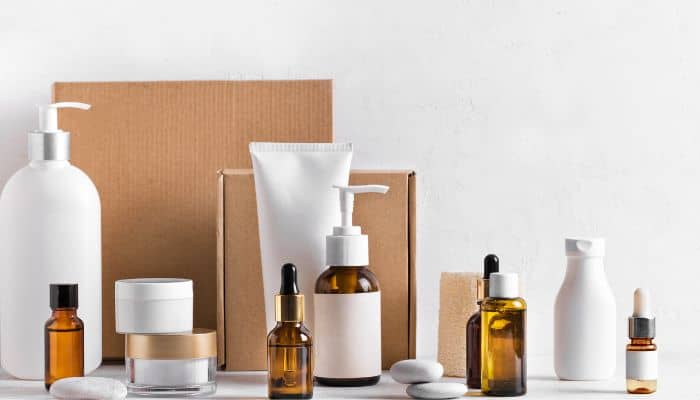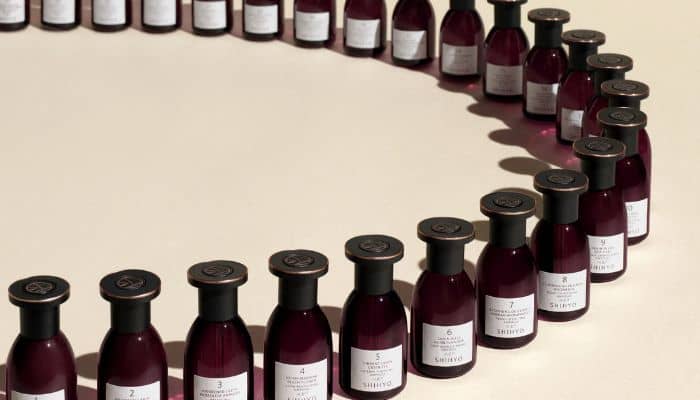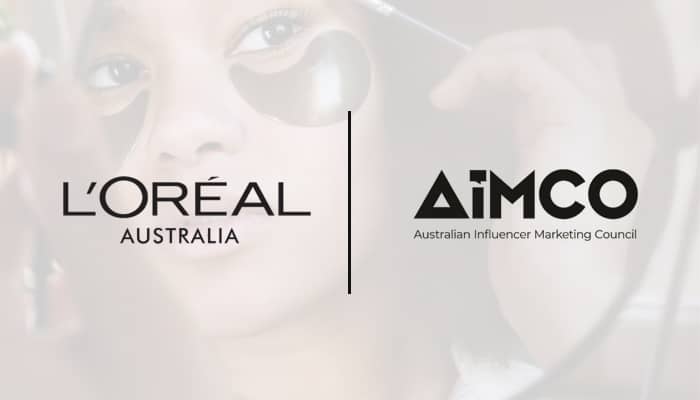Singapore – Around 49% of Asia-Pacific consumers responded saying they will pay an additional 10% to 50% for beauty products with scientific formulations, according to recent statistics from data analytics firm Euromonitor International.
According to the report, consumer demand for science-backed beauty and personal care has gained ground following the pandemic. Dermocosmetics, which brands conceptually centre around the use of unique ingredients, is rapidly gaining space globally.
Moreover, around 30% of respondents among Asia Pacific consumers perceived proven efficacy and medical endorsements as traits of premium beauty products in 2023. In addition, 38% of consumers in Asia-Pacific viewed premium ingredients as more important than premium brands when it comes to skin care products, while only 23% of respondents said brands come first.
According to the report, this indicates that consumer perception of ‘premium’ spans across the realm of scientifically proven ingredients.
It is also noted that the blurring of category boundaries and increasing future demand for multifunctional products is especially being seen in skin care, sun protection and colour cosmetics. Products offering multiple benefits such as cost-effectiveness and time-saving options in a single item are highly welcomed in the market.
There is also a heightened demand for clinically-positioned beauty presents opportunities for sun care and deodorants. The latest ‘skinified’ formulas have multifunctional benefits, beyond traditional claims.
Suncare is one of the best ‘all-in-one’ products. Suncare products are now incorporating make-up functions such as primer, coverage, and colour correction, while colour cosmetics products are being enhanced with SPF. The markets Indonesia, Singapore, and China have seen a surge in demand for sun care products, with a respective CAGR of 10.5%, 8.9% and 8.8% in the period of 2018 to 2023 respectively. This is driven by growing awareness of the importance of sun protection and skin care amongst consumers.
The report also found a higher number of Asia-Pacific respondents searching for multifunctional attributes in suncare in 2023 than in 2021. 22% of respondents indicated ‘anti-ageing’ as one of the main desired functional features for a suncare product, up by 19% from 2021. A response of ‘wrinkle-preventing’ is also up by 16% from 13% in 2021 – a trend expected to continue in the future.
Another factor that is being highlighted in the report is how e-commerce channels still play an important role, emerging as a significant factor shaping the future of beauty retail in Asia Pacific. In 2023, retail e-commerce accounted for 30% of total beauty and personal care sales in Asia-Pacific. China is the second-largest market in the world for beauty retail e-commerce. Social media platforms in the country such as Douyin and Xiaohongshu are helping new brands drive China’s beauty market.
Lastly, livestreaming presents beauty brands the chance to break through to consumers in lower-tier cities in China and India as well, giving access to thousands of brands with a wider range of prices through online marketplaces. A digital-first environment in markets is expected to encourage beauty brands to leverage e-commerce channels to build their reach into tier-2 cities and beyond, with an affordable cost option.
Yang Hu, insights manager of health and beauty in Asia at Euromonitor International, said, “The future of innovation in beauty products will continue to be ingredient-driven. As the lines between health and beauty become blurred, more health-related ingredients will be researched to unlock their potential in beauty, with science-backed evidence.”
Hu added, “The beauty market in Asia Pacific is now faced with incredible possibilities that lie ahead for the industry – not only with increasing purchase power and changing demographic, but also with the market’s evolution of its growth engine through retail channel revolution, innovative brands and technological breakthroughs. To stay competitive, industry players must remain attentive to future factors such as environmental changes, the dynamic consumers of Gen Z and Gen Alpha, and developments in other wellness sectors.”










